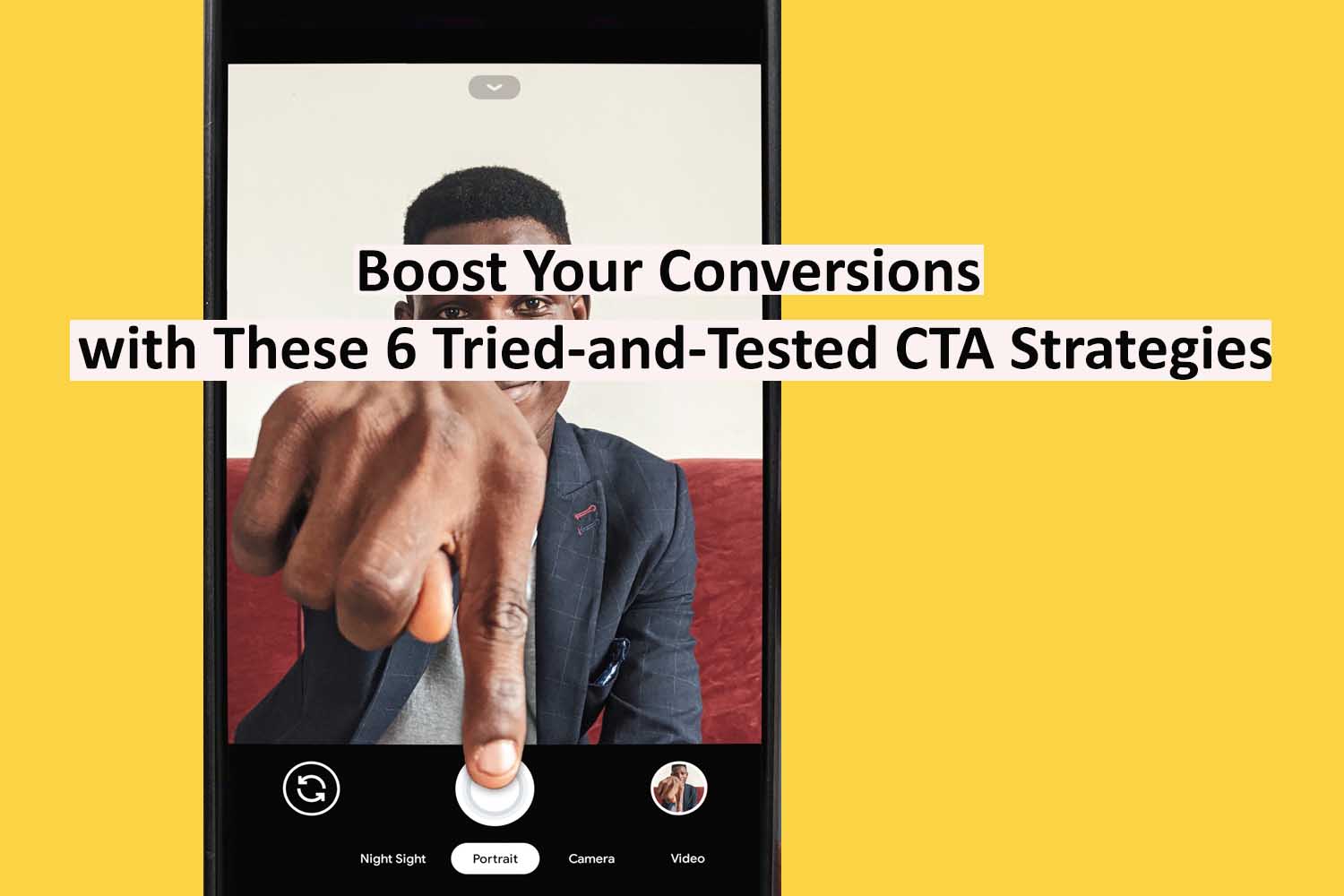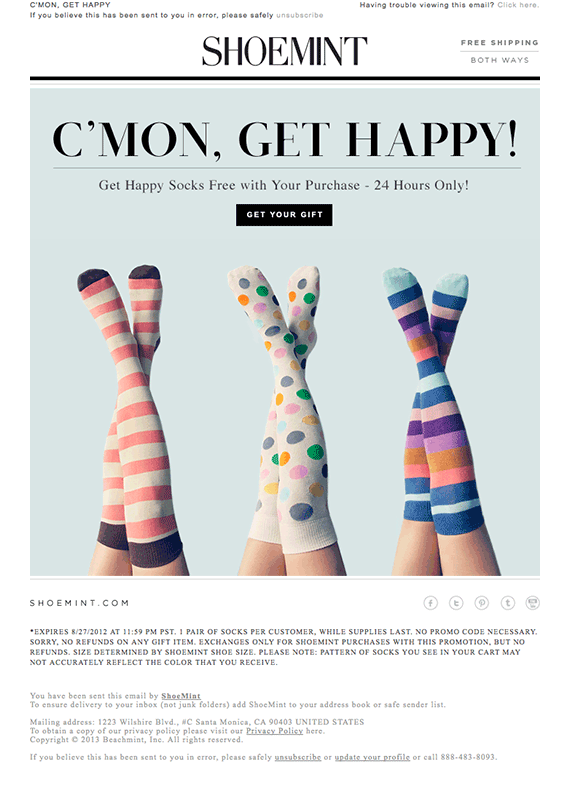6 Effective Strategies to Encourage Users to Act on Your CTA”
– Optimizing Your Digital Marketing Campaigns
In the world of digital marketing, a call-to-action (CTA) is a crucial component of any campaign.
A CTA is a prompt or instruction that encourages a user to take a specific action, such as filling out a form, making a purchase, or subscribing to a newsletter.
However, getting people to act on your CTA is often easier said than done.
Let’s explore some effective strategies for optimizing your CTAs to encourage users to take action.
- Use action-oriented language
The language you use in your CTA can have a significant impact on whether or not users decide to take action.
Using action-oriented language can be incredibly effective in prompting users to take a specific action.
For example, instead of using a generic CTA like “Submit,” consider using something more compelling like “Get Started” or “Join Now.”
These types of CTAs are more likely to capture a user’s attention and prompt them to take action.
- Create a sense of urgency
Another effective strategy for getting people to act on your CTA is to create a sense of urgency.
By making it clear that the offer or promotion is only available for a limited time, you can encourage users to take action right away.
For example, a CTA that says “Limited time offer: 20% off all purchases” can be much more effective than a generic CTA like “Shop now.”
- Make your CTA stand out
It’s essential to make sure that your CTA stands out from the rest of the page.
This can be achieved through the use of contrasting colors, bold text, or other visual cues.
By making your CTA visually distinct from the rest of the page, you can draw users’ attention to it and encourage them to take action.
- Offer value
Users are much more likely to take action on your CTA if they feel that they are getting something of value in return.
This could be a discount, a free trial, or access to exclusive content.
By offering something of value, you can incentivize users to take action and increase the chances that they will convert.
- Use social proof
Social proof is a powerful tool in digital marketing, and it can be effective in getting people to act on your CTA.
By showcasing customer reviews, testimonials, or user-generated content, you can demonstrate that other users have had a positive experience with your product or service.
This can be an effective way to build trust with potential customers and encourage them to take action.
- Optimize for mobile
Finally, it’s essential to make sure that your CTA is optimized for mobile devices.
With more and more users accessing the internet on their mobile devices, it’s crucial to ensure that your CTA is easy to click and interact with on a small screen.
This could mean making your CTA larger, using a contrasting color, or moving it to a more prominent location on the page.
- Be clear and concise
Your CTA should be clear and concise, with a message that is easy to understand.
Avoid using vague or ambiguous language that might confuse users about what action they should take.
Keep your message short and to the point, with a strong and clear call-to-action that tells users exactly what you want them to do.
- Use A/B testing
A/B testing is a process of comparing two versions of a page to see which one performs better in terms of encouraging users to take action.
By testing different versions of your CTA, you can identify which design, messaging, and placement works best for your audience.
Use data and analytics to determine which version of your CTA is most effective and make adjustments accordingly.
- Provide multiple CTAs
Providing multiple CTAs can be an effective way to encourage users to take action, particularly if they are not ready to take a specific action.
For example, you might provide multiple CTAs on a product page, such as “Buy Now,” “Add to Cart,” or “Learn More.”
This gives users a range of options to choose from and allows them to take action in a way that is most comfortable for them.
- Personalize your CTAs
Personalization is an effective way to make your CTAs more relevant and appealing to users.
By using data and analytics to understand your audience’s behavior, preferences, and interests, you can create CTAs that are tailored to their specific needs.
This can be achieved through dynamic content, which allows you to display different CTAs based on the user’s location, browsing behavior, or other factors.
In conclusion, getting people to act on your CTA requires a combination of effective language, compelling offers, visual cues, and optimized design.
By following these strategies, you can increase the chances that users will take action on your CTA and ultimately convert into customers.









